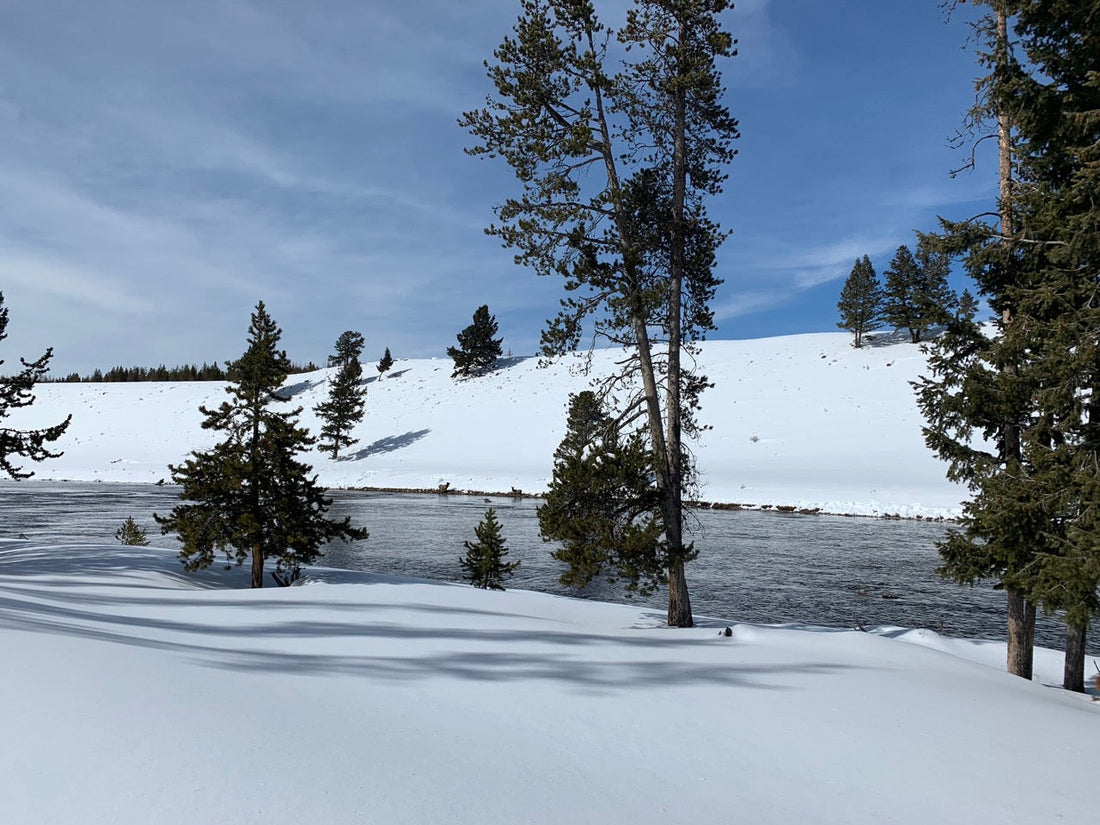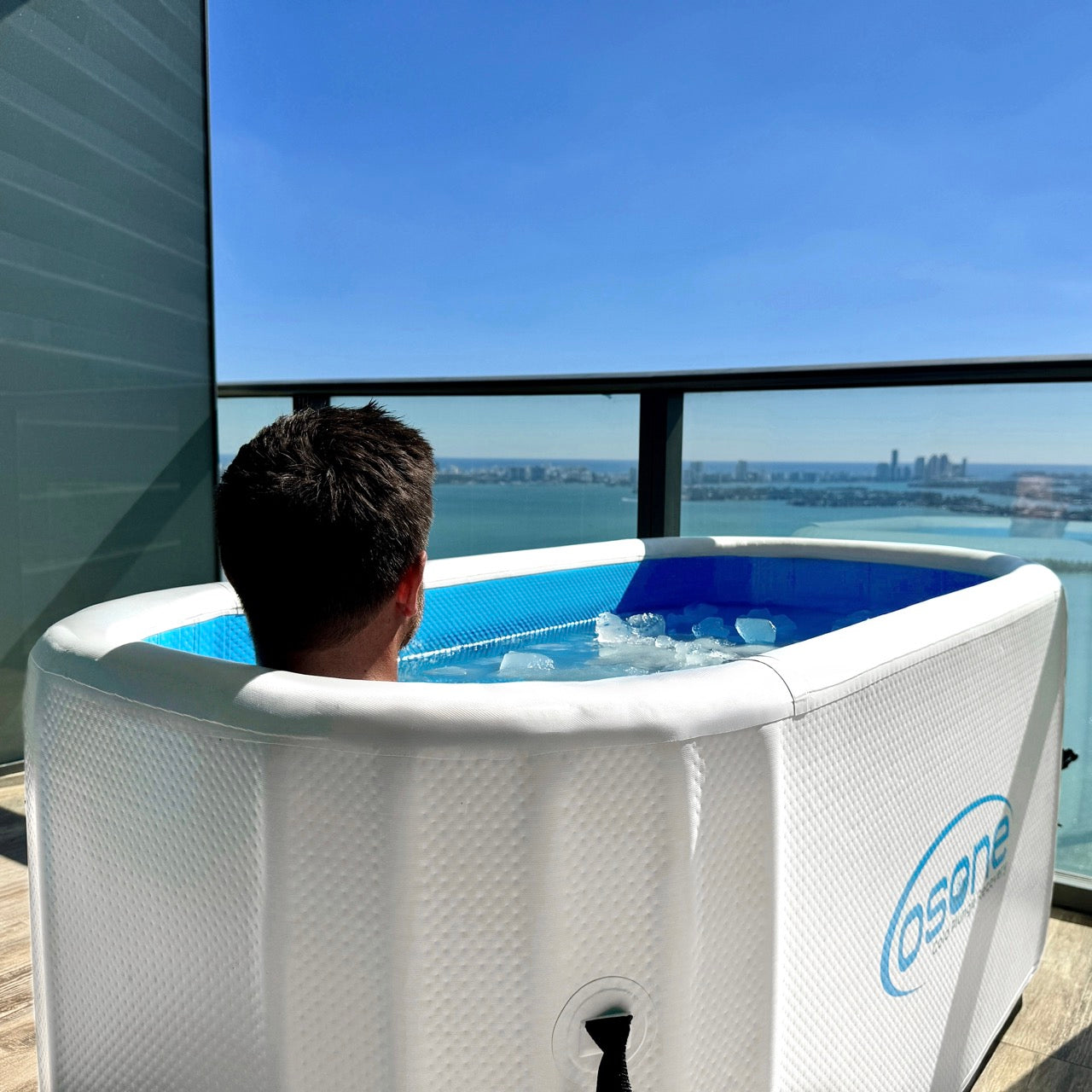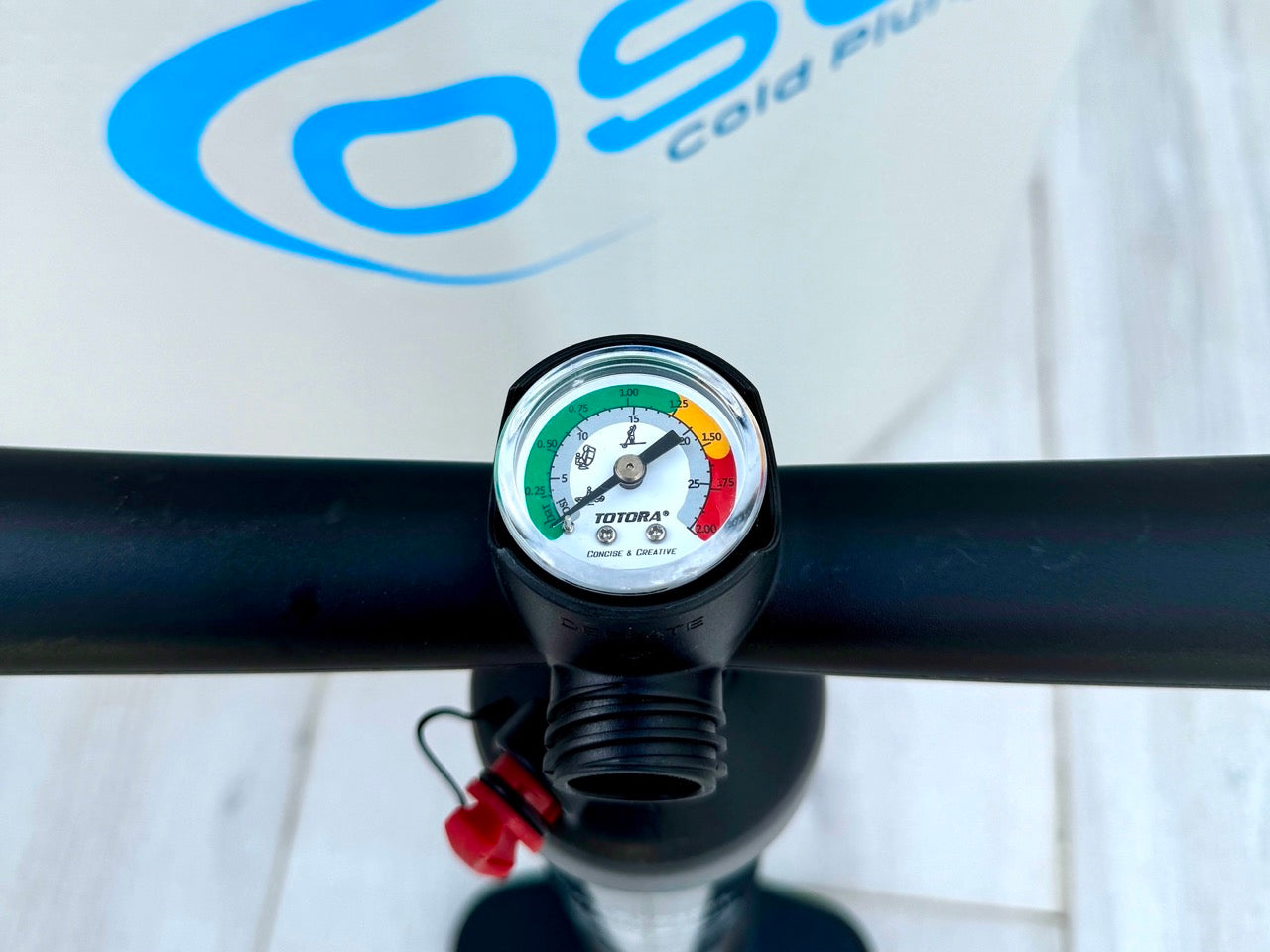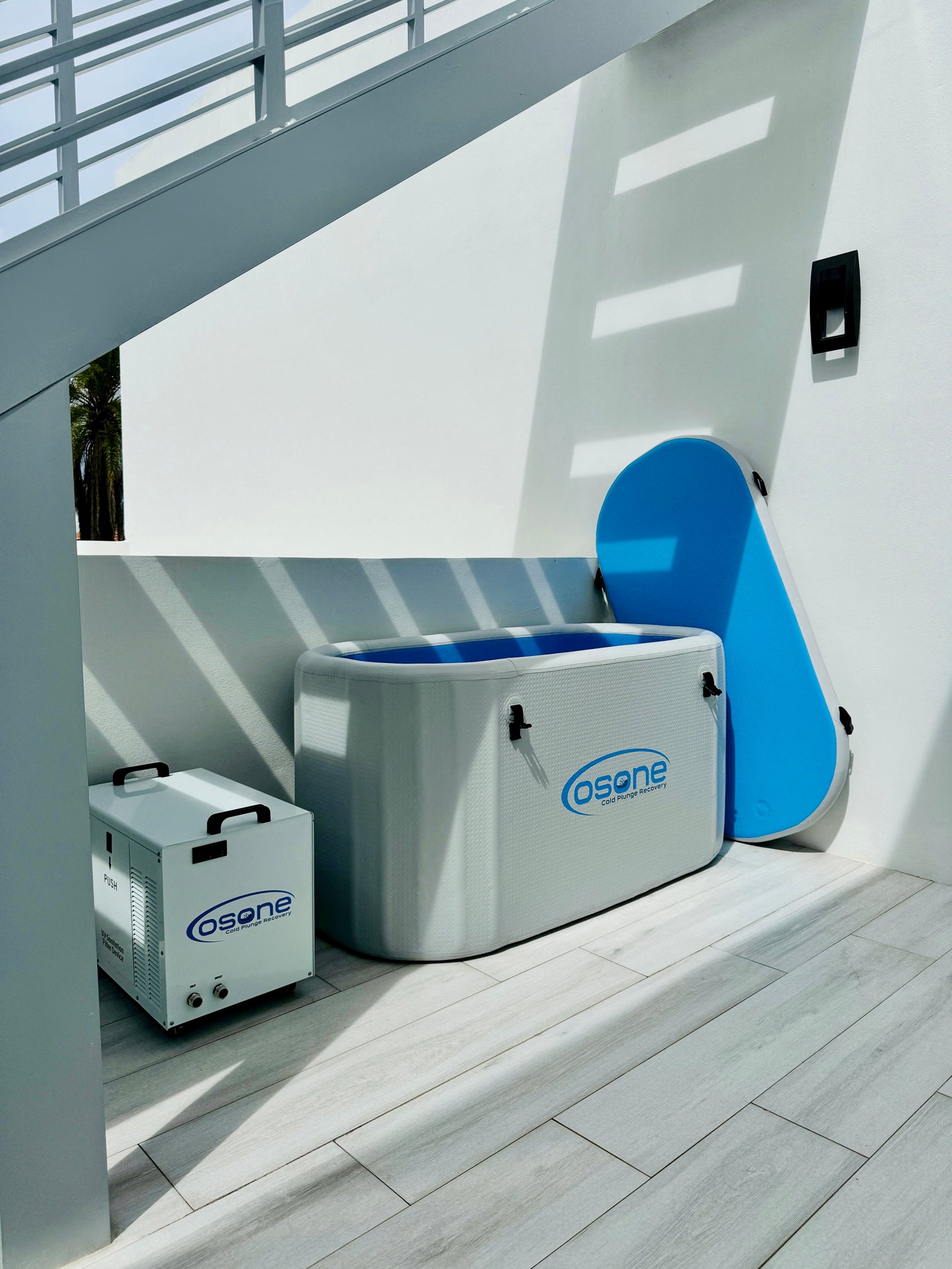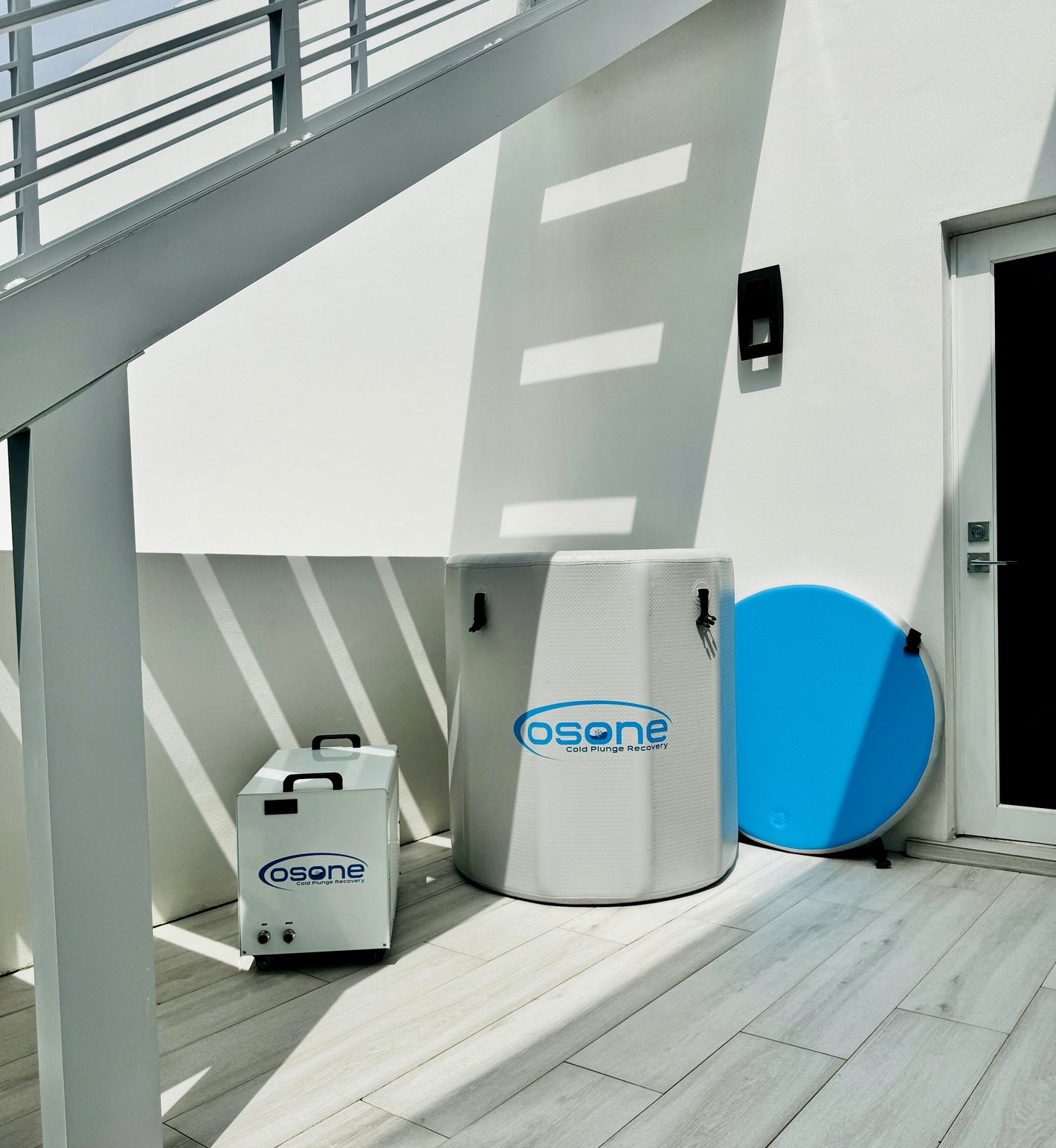The term "afterdrop" refers to a physiological phenomenon that can occur after a person exits a cold plunge or cold water immersion. When the body is exposed to cold water, blood vessels constrict, reducing blood flow to the extremities in order to conserve heat. Once the person leaves the cold water, the body begins to rewarm, and blood flow to the extremities is restored. This process can cause a temporary drop in body temperature, as the cooler blood from the extremities returns to the core of the body.
The afterdrop happens because the body’s temperature regulation system is still reacting to the cold exposure. During the rewarming process, it may feel as though your body is getting colder for a short period, even though you are no longer in the cold water. The afterdrop typically lasts a few minutes and can result in shivering, discomfort, or a sensation of coldness, but it usually resolves as the body fully adjusts and warms up.
To minimize the effects of the afterdrop, it's important to gradually warm up after a cold plunge, using warm clothing, blankets, or a warm environment.
Is this afterdrop bad or dangerous to the body?
The afterdrop itself is generally not dangerous to the body, but it can be uncomfortable. It's a natural response as the body re-adjusts after cold exposure. However, there are certain precautions to consider:
-
Shivering and Discomfort: The afterdrop can cause shivering and a feeling of coldness, which is the body's way of generating heat. This is typically not harmful, but prolonged or intense shivering can be tiring and could cause stress on the body.
-
Risk in Extreme Conditions: If you’ve been exposed to cold for an extended period or if the water temperature was very low (near freezing), the afterdrop could be more intense and contribute to hypothermia or further temperature regulation challenges. In such cases, it is important to warm up gradually and monitor for signs of hypothermia, such as confusion, extreme shivering, slurred speech, or loss of coordination.
-
Gradual Rewarming: To prevent any risk, it’s essential to warm up gradually after a cold plunge. Rapid warming (such as hot showers or heating pads) might cause shock to the body and further complicate the rewarming process. Opting for a controlled, moderate approach (like warm clothing, blankets, and warm drinks) is ideal.
-
Health Conditions: People with certain health conditions, like cardiovascular issues, should be cautious with cold plunges and the afterdrop effect, as the constriction and dilation of blood vessels can put extra strain on the heart and circulatory system. We strongly suggest consulting with a healthcare professional if you have underlying conditions before engaging in cold exposure.
In general, while the afterdrop is not inherently dangerous, it is a sign that the body is undergoing significant physiological changes. Listening to your body, warming up safely, and not overdoing the cold exposure can help ensure a positive experience.
How to minimize the afterdrop?
While it's difficult to completely avoid the afterdrop during cold plunging, there are several strategies you can use to minimize its intensity and make the process safer and more comfortable:
1. Gradual Exposure
- Start slow: If you're new to cold plunging, begin with shorter immersion times and progressively increase the duration as your body becomes accustomed to the cold. Sudden, extreme cold exposure can trigger a stronger afterdrop.
- Avoid extreme temperatures: While it's tempting to plunge into very cold water, start with more moderate temperatures and lower the temperature gradually as your body adapts.
2. Warming Up Beforehand
- Warm up your body: Before entering the cold plunge, try to increase your body temperature through light exercise (e.g., jogging, jumping jacks). A slightly warmed-up body will handle the cold more effectively, reducing the intensity of the afterdrop.
3. Shorten Immersion Time
- Limit cold plunge duration: Reducing the amount of time spent in the cold water can help prevent the afterdrop from being too intense. Aim for shorter sessions (3-5 minutes) and gradually extend the time as you become more accustomed to the cold exposure.
4. Warm Up Gradually Afterward
- Use gradual rewarming techniques: After the plunge, rewarm your body gradually rather than rapidly. This can be done with warm clothing, blankets, or stepping into a warm room. If you want to shower afterward, opt for lukewarm water rather than hot water to avoid shocking your system.
- Drink warm fluids: A warm drink like tea can help gradually raise your core body temperature without overwhelming your system.
5. Stay Active After the Plunge
- Keep moving: Light physical activity (e.g., walking, gentle stretching) after the plunge can stimulate circulation and help your body warm up more effectively.
6. Layering and Insulation
- Wear appropriate clothing: After exiting the cold plunge, make sure to have warm, dry clothes ready to put on. Insulating layers like fleece or wool can help retain heat as your body warms up.
7. Monitor Your Body's Response
- Listen to your body: If you start feeling excessively cold or uncomfortable during or after the plunge, it’s important to exit the water and begin the warming process immediately. Don’t push your limits too hard, especially if you're not used to cold exposure.
8. Consider the Environment
- Control your environment: Make sure the environment you’re plunging in is safe and conducive to post-plunge rewarming. If you're outdoors, ensure there’s shelter available immediately after the plunge to protect yourself from the elements while warming up.
By following these tips, you can reduce the afterdrop's severity and enhance the overall cold plunge experience, making it safer and more beneficial. However, if you're new to cold plunging or have any underlying health concerns, we strongly suggest consulting with a healthcare professional before engaging in cold exposure.

